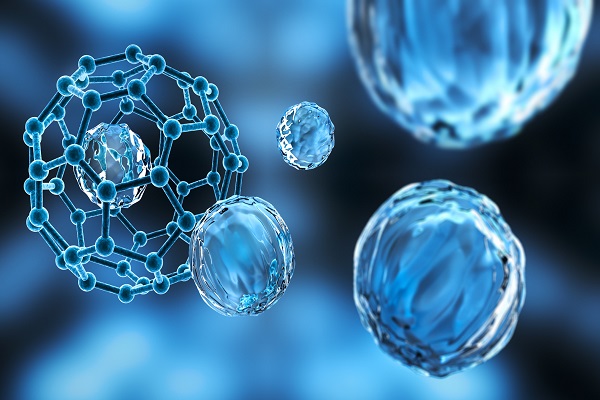(Nano ionization potential) Nano_ionization potential in nanoparticles (PhD in nano-microelectronics)
Researcher and author: Dr. ( Afshin Rashid)
Note: In nanotechnology, the change in the distance between the atoms of the particles and the geometry of the particles also affect the electronic properties of the material. As the particle size decreases, the electrical bonds in the metals become finer.
In the structure of the nanoparticles quantity of books more easily available is the ionization potential of ionization potential in the size of small grains (smaller particles) is that by increasing the particle size of the ionization potential of decreasing the ratio of surface to volume make a difference in geometry and structure the e-learning It has a strong effect on the chemical interactions of matter, and for example the activity of small particles changes with the change in the number of atoms (and therefore the particle size).
How to produce and propagate nanoparticles and electronic properties:
In general, chemical reactions to produce materials can take place in any of the solid, liquid, and gaseous states. The common method for producing materials in solids is that by crushing the particles, their contact surface increases and then to increase the penetration of atoms and ions, this mixture increases at high temperatures. In chemistry, the substances with which chemical reactions begin are called reactants, and the substances that become reactive during the reaction are called products. Reagents can be solid, liquid or gaseous. In addition, the reactants are either an independent element themselves or can be in the form of multi-component compounds. Multicomponent compounds are commonly called precursors.
Note: Many methods have been developed for the production of nanoparticles or nanostructured particles, which include vapor, liquid and solid state processes.
(Conclusion) of nanoparticles and electronic properties
One of the important properties of nanoparticles is the ratio of surface to high volume of these materials. Using this property, powerful catalysts can be produced in nanometer dimensions. These nanocatalysts will greatly increase the efficiency of chemical reactions and will also significantly prevent the production of waste materials in the reactions. The use of nanoparticles in the production of other materials can increase their strength or reduce their weight and increase their chemical and thermal resistance and change their reaction to light and other radiation. So the first application that can be considered for nanoparticles The use of these materials in the production of nanocomposites. With the use of nanoparticles, the strength to weight ratio of composite materials will increase dramatically.
Researcher and author: Dr. ( Afshin Rashid)
PhD in Nano-Microelectronics




